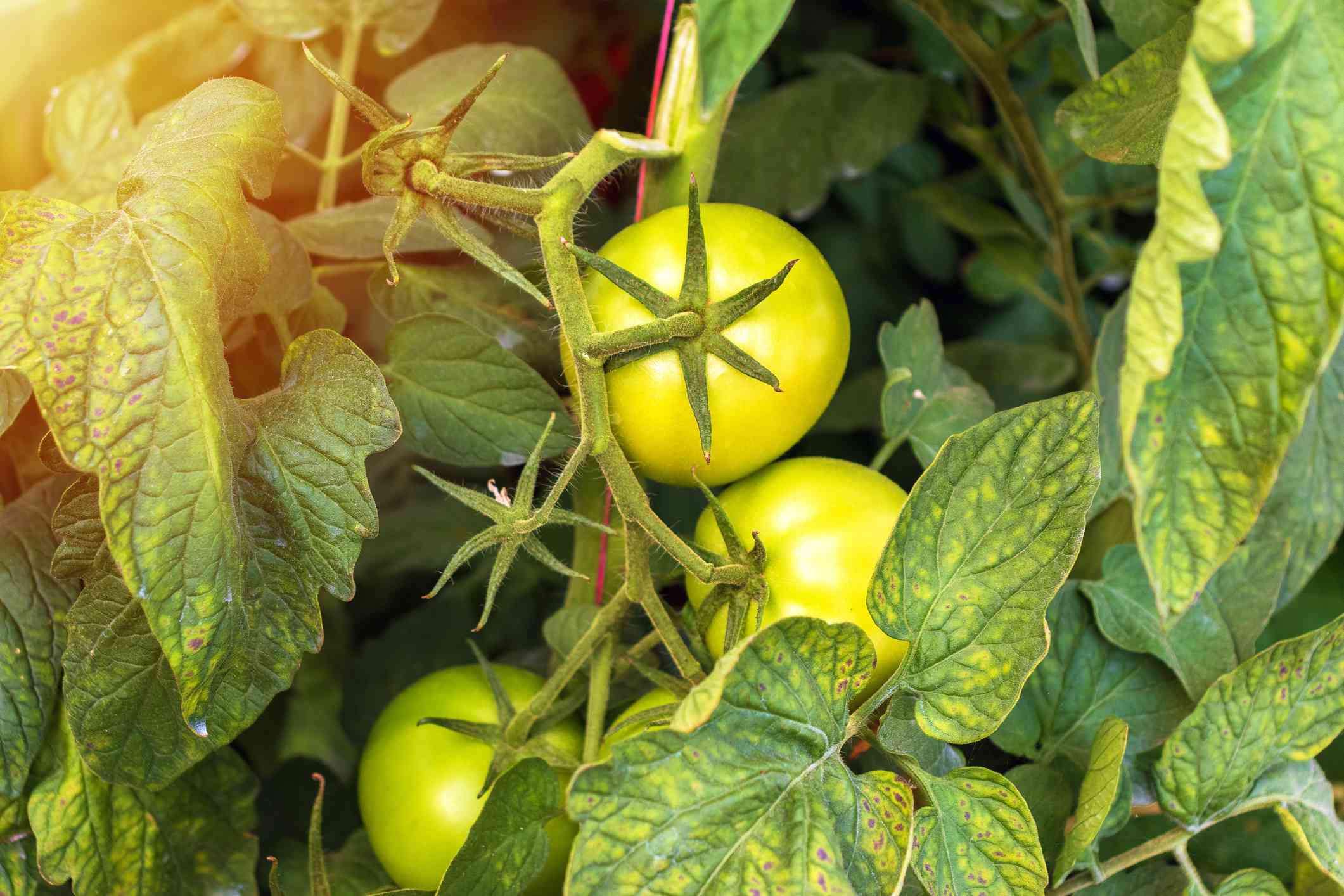
Yellow Leaves on Tomato Plants: Causes, Solutions, and Prevention
Tomato plants are a favorite among gardeners due to their delicious fruit and relatively easy care. However, one common issue that many gardeners face is the yellowing of tomato leaves. This phenomenon can be alarming, as it may indicate underlying problems that could affect the health of the plant and its yield. In this comprehensive article, we will explore the various causes of yellow leaves on tomato plants, how to diagnose the issue, potential solutions, and preventive measures to ensure healthy tomato plants.
Understanding Tomato Plant Biology
Before delving into the causes of yellow leaves, it’s essential to understand some basic biology of tomato plants. Tomatoes (Solanum lycopersicum) belong to the nightshade family and are sensitive to various environmental factors. They require specific conditions for optimal growth, including adequate sunlight, water, nutrients, and proper care.
Common Causes of Yellow Leaves on Tomato Plants
Yellowing leaves can be attributed to several factors. Below is a detailed overview of the most common causes:
- Nutritional Deficiencies
- Nitrogen Deficiency: Nitrogen is crucial for plant growth as it helps in chlorophyll production. A lack of nitrogen often results in yellowing of older leaves first.
- Iron Deficiency: This typically affects younger leaves, causing them to turn yellow while the veins remain green (known as interveinal chlorosis).
- Magnesium Deficiency: This deficiency can cause yellowing with speckled patterns on older leaves.
- Watering Issues
- Overwatering: Excess water can lead to root rot, causing leaves to yellow and drop.
- Underwatering: Insufficient water can also stress the plant and lead to yellowing.
- Pests and Diseases
- Pests: Aphids, spider mites, and whiteflies can sap nutrients from tomato plants, leading to yellow leaves.
- Diseases: Fungal infections like early blight or bacterial diseases can cause yellowing as well.
- Environmental Stress
- Temperature Extremes: Sudden changes in temperature or prolonged exposure to cold can stress tomato plants.
- Sunlight: Insufficient sunlight can lead to poor photosynthesis and yellowing leaves.
- Soil pH Imbalance
- The ideal pH for tomatoes is between 6.0 and 6.8. A pH that is too high or too low can hinder nutrient absorption.
Diagnosing Yellow Leaves
To effectively address yellowing leaves on tomato plants, it’s crucial to diagnose the underlying cause accurately. Here are steps you can take:
- Inspect Leaves: Examine the color pattern on the leaves. Are older or younger leaves affected? Is there any spotting or curling?
- Check Soil Moisture: Stick your finger into the soil about an inch deep. If it feels dry, your plant may need water; if it’s soggy, you may be overwatering.
- Test Soil Nutrients: Conduct a soil test to check nutrient levels and pH balance.
- Look for Pests: Inspect both the upper and lower sides of leaves for any signs of pests.
- Evaluate Sunlight Exposure: Ensure your tomato plants are receiving at least 6-8 hours of sunlight daily.
Solutions for Yellow Leaves
Once you have diagnosed the cause of yellowing leaves on your tomato plants, you can take appropriate action:
| Cause | Solution |
|---|---|
| Nutritional Deficiencies | Apply a balanced fertilizer rich in nitrogen or micronutrients based on soil test results. |
| Overwatering | Allow soil to dry out before watering again; ensure proper drainage in pots or garden beds. |
| Underwatering | Increase watering frequency; ensure consistent moisture levels without waterlogging. |
| Pests | Use insecticidal soap or neem oil; introduce beneficial insects like ladybugs for pest control. |
| Diseases | Apply fungicides or bactericides as needed; remove affected leaves promptly. |
| Environmental Stress | Provide shade during extreme heat; cover plants during cold snaps; acclimate seedlings gradually when transplanting. |
| Soil pH Imbalance | Amend soil with lime (to raise pH) or sulfur (to lower pH) based on test results. |
Preventive Measures
Preventing yellow leaves is often easier than treating them once they occur. Here are some strategies:
- Regular Fertilization:
- Use a balanced fertilizer every 4-6 weeks during the growing season.
- Proper Watering Techniques:
- Water deeply but infrequently to encourage deep root growth.
- Use mulch around plants to retain moisture and regulate soil temperature.
- Pest Management:
- Regularly inspect plants for pests and take action immediately if any are found.
- Rotate crops annually to prevent pest buildup.
- Disease Prevention:
- Practice crop rotation and avoid planting tomatoes in the same spot year after year.
- Ensure good air circulation around plants by spacing them appropriately.
- Soil Health:
- Regularly amend soil with organic matter such as compost.
- Conduct soil tests periodically to monitor nutrient levels and pH balance.
- Sunlight Exposure:
- Position your garden in a location that receives ample sunlight throughout the day.
FAQ Section
1. Why are my older tomato leaves turning yellow?
Older leaves typically turn yellow due to natural aging or nutrient deficiencies, particularly nitrogen.
2. How often should I water my tomato plants?
Tomatoes generally need about 1 inch of water per week, but this may vary depending on weather conditions and soil type.
3. What does it mean if only my younger leaves are turning yellow?
Yellowing in younger leaves often indicates a nutrient deficiency such as iron or magnesium.
4. How can I tell if my tomatoes are overwatered?
Signs include yellowing leaves, wilting despite wet soil, and root rot which may produce a foul smell.
5. What types of pests should I look for on my tomato plants?
Common pests include aphids, spider mites, whiteflies, and thrips which can all cause stress leading to yellowing leaves.
Conclusion
Yellow leaves on tomato plants can be a sign of various issues ranging from nutritional deficiencies to environmental stressors or diseases. By understanding the causes and implementing effective solutions and preventive measures, gardeners can maintain healthy tomato plants that yield delicious fruit throughout the growing season.For further information about gardening practices and plant care, you can refer to Wikipedia.


